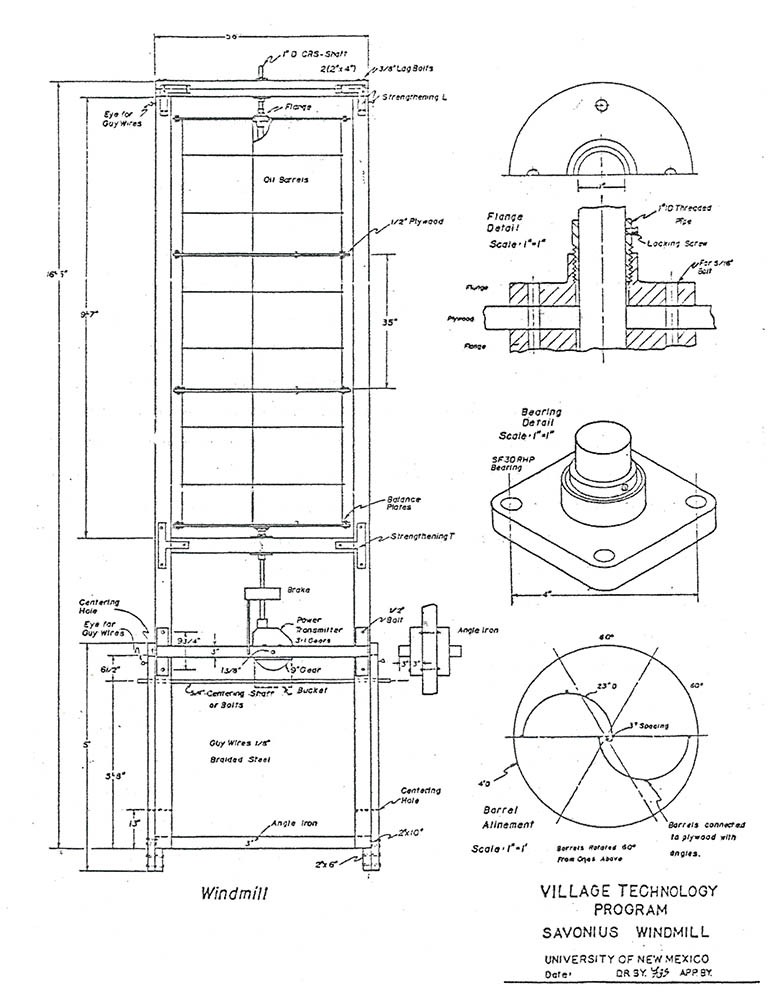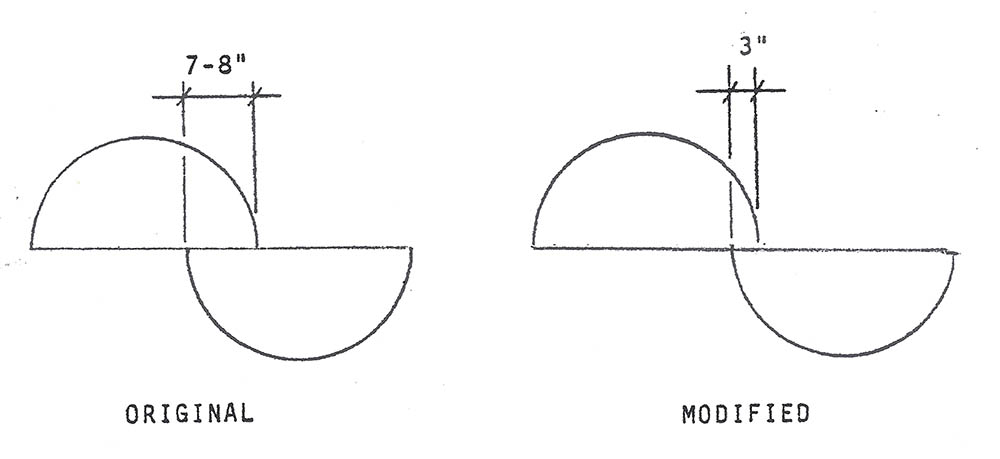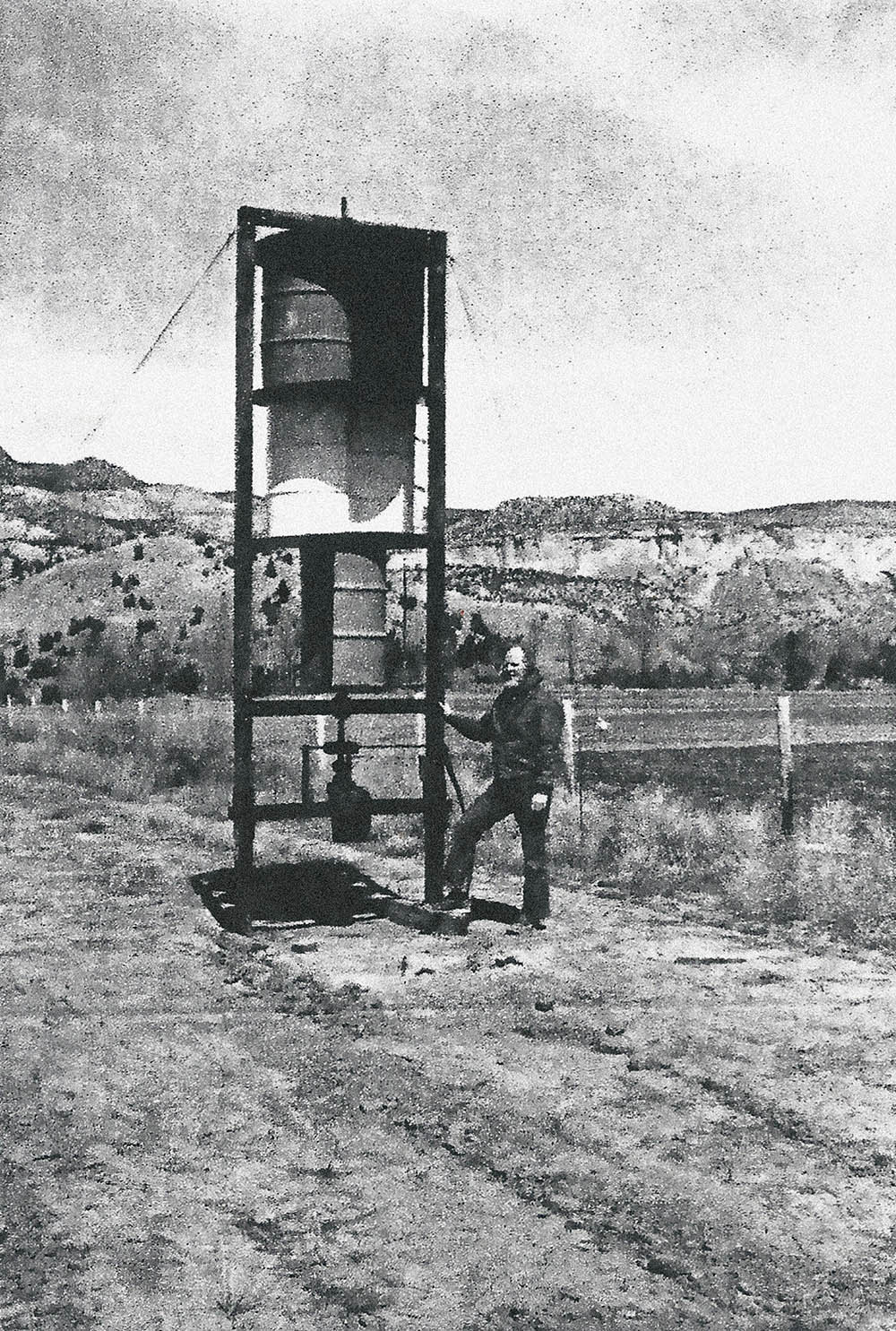The Savonius Wind Mill is a cost efficient power generator.
Wind energy has been used by various cultures for several centuries. The residents of Crete Island used a sail wing wind machine for water pumping. The Dutch used huge windmills for both water pumping and grinding grains. In the Western regions of the US, windmills were part of the farms and railroad stops as they pumped water from deep wells. In fact, the Western regions of the US could not have been settled but for the windmills pumping water in arid and semiarid regions.
In recent decades, due to the search for renewable energy, many efficient wind generators have been developed and tested. Today, we see enormous wind generators dotting the landscapes of many states. Wind generators, especially the recent ones, are quite sophisticated, costly and needs expertise to maintain and operate.

The most appropriate wind machine for use in countries with less available capital was found to be a simple machine invented by a Finnish Engineer, Savonius. The Savonius wind mill is a vertical axis wind machine developed in 1920. Modern versions of the impeller of this machine often utilise 3 – 55-gallon oil drums split lengthwise to form an S-shape as shown in the plan. We built two such wind machines for use in water pumping and grain grinding at the University of New Mexico, Albuqueque, and in Tamilnadu, India.
Details of the machine’s construction are shown in the photo and diagrams. The basic design was taken form the book “Wind and Windspinners”, by Michael Hackelman and David House, published by Earthmind Press, California. There were two modifications made from the original design.
The first one was based on a study made by the Sandia Laboratories in Albuquerque, which recommended a different spacing between the two buckets than suggested in the original design of Hackleman. The following diagram shows the modified spacing as well as the original spacing.


